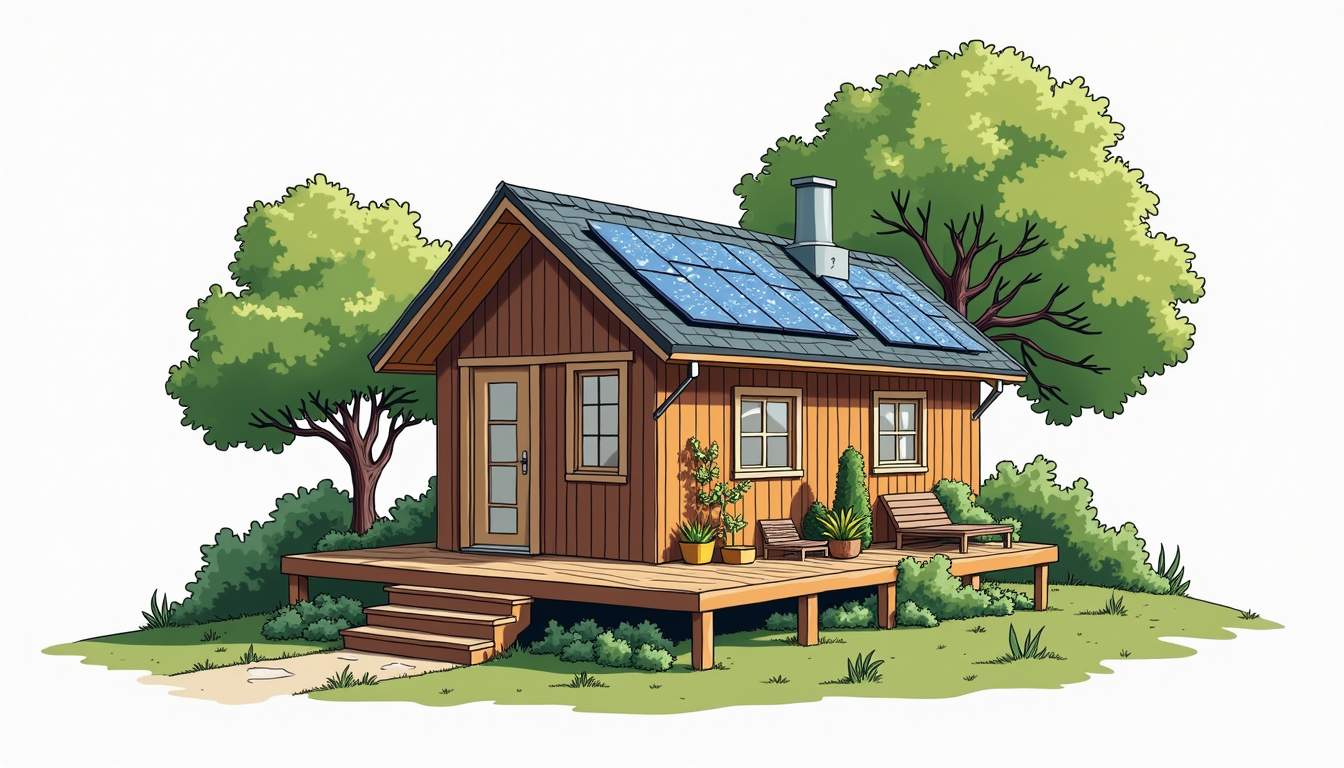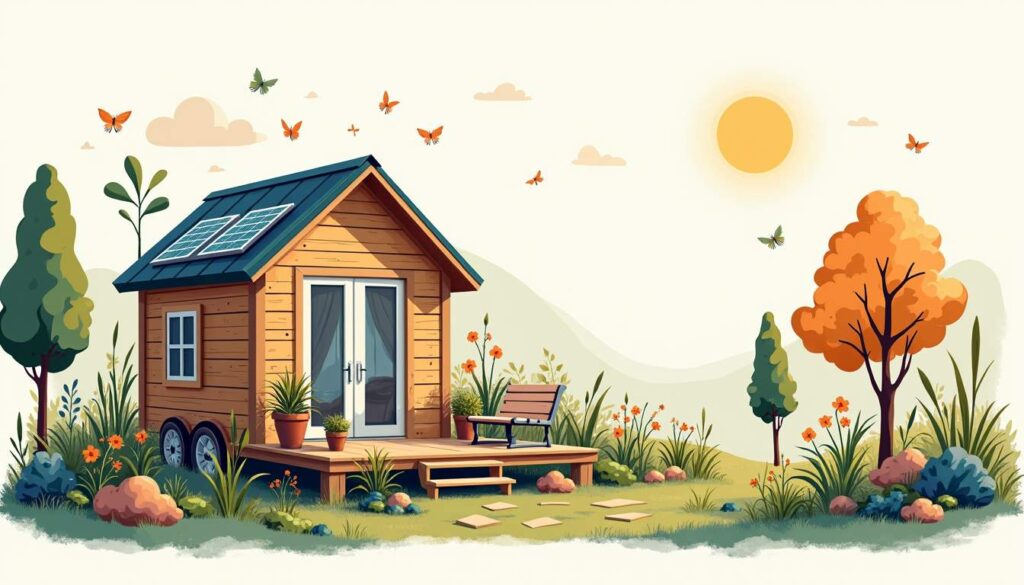6 Sustainable Tiny House Solutions for Eco-Friendly Living
Sustainable tiny house solutions are redefining what it means to live responsibly. These innovative, eco-friendly strategies allow homeowners to reduce their environmental footprint without sacrificing comfort or style. From energy-efficient design to solar power and water conservation, this article explores six key solutions that make tiny homes a beacon of sustainability for the future.
1. Why Sustainability Matters in Tiny Living
Sustainability is at the heart of the tiny home movement. As the world grapples with climate change, resource depletion, and urban overcrowding, tiny homes offer a more conscious alternative. They require fewer materials to build, consume less energy, and generate minimal waste — ideal for environmentally aware individuals seeking a meaningful lifestyle shift.
Additionally, smaller homes encourage minimalism, reduced consumption, and a stronger connection to nature. This mindset not only benefits the planet but also fosters personal well-being and financial freedom — key aspects of sustainable living.
2. Energy-Efficient Design Strategies
Smart design is crucial for sustainable living. Tiny homes often feature large windows, skylights, and open floor plans to maximize natural light and airflow. These reduce the need for artificial lighting and air conditioning, significantly cutting down on energy use.

Proper insulation, passive solar orientation, and high-efficiency appliances are essential sustainable tiny house solutions. These simple strategies make a big difference in both comfort and environmental impact.
3. Eco-Friendly Building Materials
Choosing sustainable materials is key when building or renovating a tiny home. Reclaimed wood, bamboo, cork flooring, and recycled steel are excellent options. Not only are they durable and beautiful, but they also reduce construction waste and lower carbon emissions.
In addition, using non-toxic paints, finishes, and insulation materials ensures a healthier indoor environment — crucial in small spaces where air quality can quickly deteriorate.
4. Waste Reduction and Water Conservation
With limited space, tiny homes naturally encourage waste reduction. Residents tend to adopt minimalist habits, compost organic waste, and reduce single-use plastics. These daily choices create a ripple effect of sustainable living.
Water-saving features like composting toilets, low-flow fixtures, and greywater systems are vital. These help preserve freshwater resources while keeping utility bills low — an essential aspect of self-sufficiency in tiny homes.
5. Solar Power and Off-Grid Options
One of the most transformative sustainable tiny house solutions is the use of solar energy. With rooftop solar panels or portable kits, tiny homeowners can generate their own power, reducing dependence on fossil fuels and lowering costs.
Many tiny homes also incorporate off-grid systems like rainwater collection and energy storage. These allow complete independence from public utilities, ideal for remote living and reducing environmental impact.
6. Community Living and Shared Resources
Sustainability is not just about individual choices — it thrives in community. Tiny home villages often share gardens, tools, and even renewable energy systems. This collective approach reduces overall resource consumption and strengthens social bonds.
By choosing community-focused models, tiny home residents not only save money but also build support networks that enhance well-being and long-term sustainability.
Looking for ideas to implement these systems? Check out our tiny home design ideas for practical ways to bring sustainable solutions into your own space.
Conclusion
Embracing sustainable tiny house solutions isn’t just an eco-conscious decision — it’s a lifestyle that supports resilience, community, and harmony with nature. Whether you’re just starting out or ready to upgrade your tiny home, these strategies can guide you toward a greener, smarter way of living. As more people seek meaningful alternatives to conventional housing, sustainable tiny homes stand out as practical, affordable, and inspiring. By choosing this path, you’re not only minimizing your environmental footprint, but also maximizing freedom, creativity, and long-term well-being — all while making a positive impact on the planet.
Want to explore more on eco-conscious living? Visit our Sustainability section for more strategies and guides. You might also enjoy this Treehugger article on why tiny houses are inherently sustainable and how they help reduce environmental impact.



